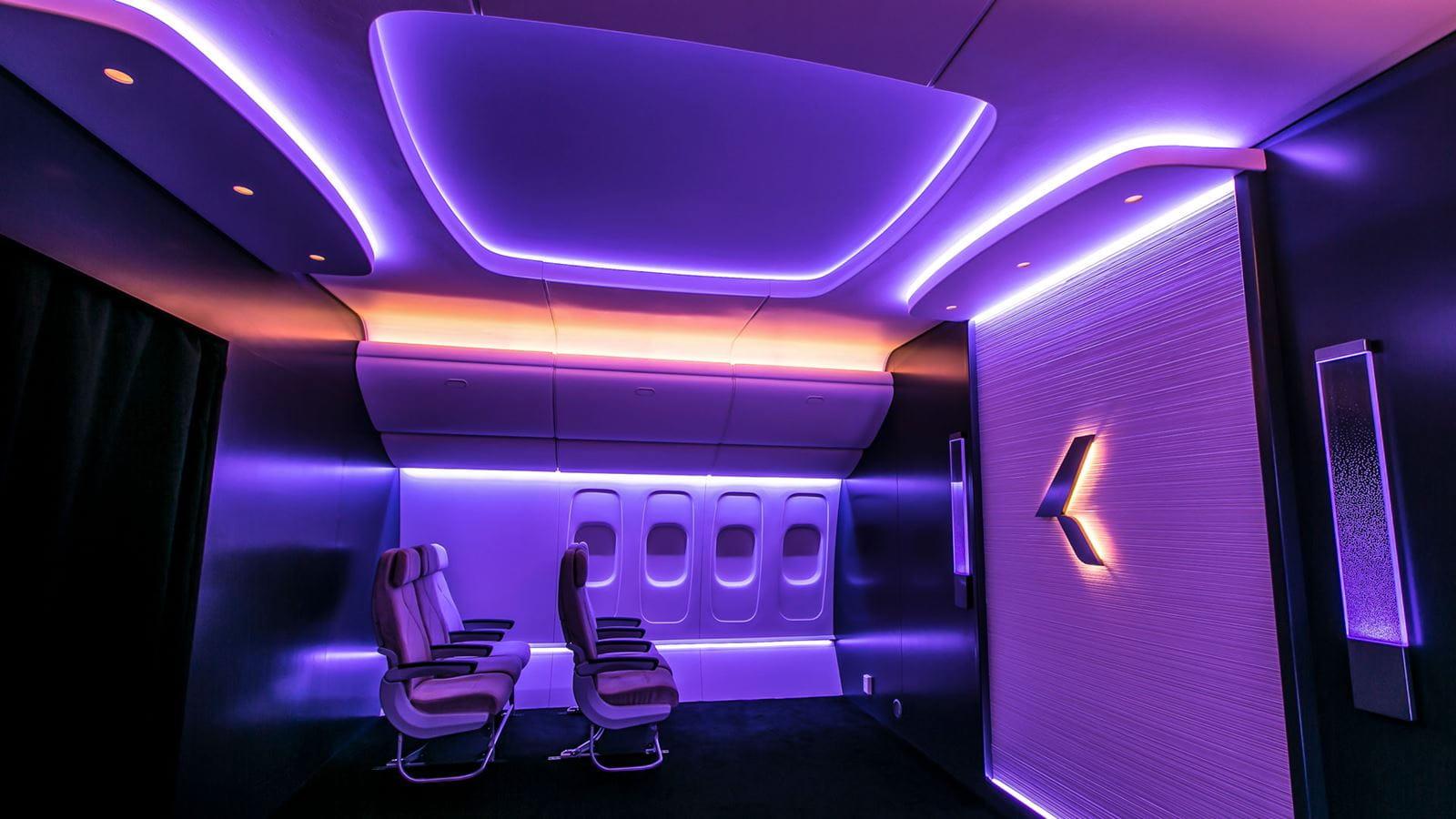Aircraft Lighting Systems Market Opportunities Expanding With eVTOL Developments and Regional Aviation Surge

The aircraft lighting systems market is undergoing rapid transformation, driven by a confluence of technological advancements, regulatory changes, and evolving aircraft designs. Lighting systems in aircraft serve not only as functional elements for visibility and safety but also play a vital role in passenger experience, aircraft aesthetics, and operational efficiency. As the aviation sector recovers from pandemic-induced disruptions and anticipates robust growth in both commercial and military segments, lighting systems are becoming a focal point of innovation and investment.
Key Market Drivers
A primary driver of market growth is the increase in global air travel. With international tourism rebounding and emerging economies expanding their air transport infrastructure, demand for new aircraft is surging. Major aircraft manufacturers like Airbus and Boeing are ramping up production, and each new aircraft includes a wide array of lighting systems—interior, exterior, and emergency lighting. This production spike directly contributes to the growth of the lighting systems market.
Technological innovation is another major catalyst. The adoption of light-emitting diode (LED) technology has revolutionized the industry by offering better energy efficiency, longer lifespan, and reduced maintenance costs compared to traditional incandescent or halogen lights. Airlines are increasingly replacing older lighting systems with LED-based solutions to save fuel and reduce environmental impact.
Furthermore, increasing emphasis on passenger comfort is propelling innovation in cabin lighting. Mood lighting systems that can simulate natural circadian rhythms, reduce jet lag, and enhance the in-flight experience are now standard in many modern aircraft. These systems use tunable LEDs to create lighting scenarios tailored to different flight phases—boarding, cruising, and landing.
Restraints and Challenges
Despite the promising outlook, the market also faces certain constraints. High costs associated with advanced lighting technologies and retrofitting older aircraft can limit adoption, especially among cost-sensitive regional airlines and operators in developing markets. Moreover, stringent aviation regulations related to lighting system certification and testing can slow down the deployment of innovative products.
Another significant challenge is supply chain disruption. The aviation industry, like many others, has been affected by shortages in semiconductor components and raw materials essential for lighting system production. These issues can delay aircraft delivery timelines and impact overall market growth.
Opportunities and Emerging Trends
One of the most promising trends is the integration of smart lighting systems. These systems can be controlled through central avionics, enabling features such as automatic dimming, emergency lighting activation, and adaptive lighting based on ambient conditions. Integration with in-flight entertainment systems can further personalize the passenger experience.
The growing focus on sustainability in aviation is also opening new avenues for the market. Lighting systems that reduce energy consumption contribute to the overall goal of reducing aircraft emissions. As airlines aim for carbon neutrality, eco-efficient lighting solutions are gaining priority in aircraft design and upgrade programs.
Moreover, the rise of electric and hybrid-electric aircraft offers a fertile ground for the lighting systems market. These new aircraft types often feature modern, compact designs that necessitate novel lighting configurations. Urban air mobility (UAM) and electric vertical takeoff and landing (eVTOL) vehicles, which are expected to be introduced within this decade, will further boost demand for advanced, lightweight, and modular lighting systems.
Regional Outlook
North America holds a significant share of the global aircraft lighting systems market, supported by the presence of major aircraft OEMs, a robust defense aviation sector, and continuous investment in R&D. Europe follows closely, driven by environmental initiatives and strong collaboration among lighting technology firms and aircraft manufacturers.
Asia-Pacific is emerging as the fastest-growing region, thanks to rapid fleet expansion, growing passenger traffic, and the establishment of new airlines in countries like India and China. The region’s focus on enhancing regional connectivity and upgrading aging fleets makes it a vital growth arena for lighting system providers.
Conclusion
The dynamics of the aircraft lighting systems market are shaped by technological evolution, industry demands, and global economic shifts. While challenges such as high costs and regulatory barriers exist, the momentum provided by digitalization, energy efficiency, and passenger-centric design ensures a positive growth trajectory. Stakeholders that align their strategies with these market dynamics will be well-positioned to capitalize on future opportunities in both commercial and defense aviation sectors.
- Art
- Causes
- Crafts
- Dance
- Drinks
- Film
- Fitness
- Food
- الألعاب
- Gardening
- Health
- الرئيسية
- Literature
- Music
- Networking
- أخرى
- Party
- Religion
- Shopping
- Sports
- Theater
- Wellness
- Politics
- IT
- Relationship
- Blockchain
- NFT
- Crypto
- Fintech
- Automobile
- Faith
- Family
- Animals
- Travel
- Pets
- Coding
- Comedy
- Movie
- لعبة
- Computer



